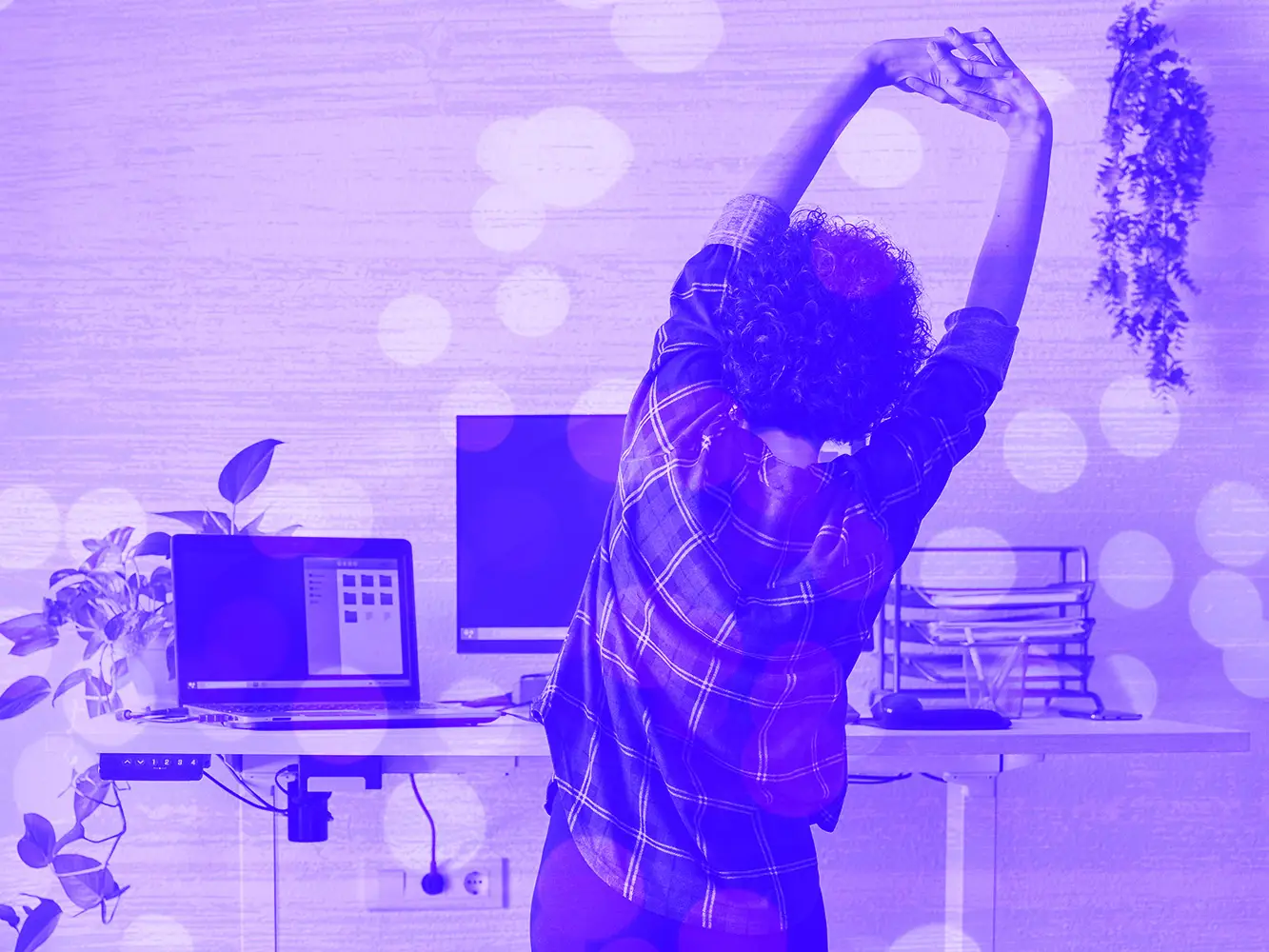Dark Mode vs. Light Mode: Which Really Performs Better?

So, which one’s got the upper hand—dark mode or light mode? It’s the ultimate question in the world of screen staring. Both have their die-hard fans, but when it comes to accessibility, one has to come out on top… right?
Readability Comparison
- Light Mode: This classic option offers higher contrast between dark text and light backgrounds, making it easier for many people to read. It’s especially friendly for those with certain visual impairments and conditions like dyslexia, where that high contrast really helps.
- Dark Mode: It’s great in low-light environments, but the contrast doesn’t always do everyone favors. People with astigmatism or color vision deficiencies may struggle with the light-on-dark combo—it can blur or make text harder to focus on for long reads.
Verdict: If your eyes tire easily, light mode might just be the MVP when it comes to text clarity.
Eye Strain Analysis
- Light Mode: While it works well in bright spaces, stare at a glowing white screen too long in a dim room, and your eyes will be screaming for mercy.
- Dark Mode: A softer option for nighttime scrolling, it’s a lifesaver when you’re trying to keep the lights down. But don’t get too excited: the contrast can sometimes be too sharp, leading to its own set of fatigue issues.
Verdict: Dark mode wins the late-night battle, but light mode’s better if you’re pulling a full-day shift.
Contrast Evaluation
- Light Mode: WCAG-approved contrast levels? You bet. It’s easier to design with consistent contrast in light mode. It’s predictable and keeps things readable.
- Dark Mode: Not so fast! While dark mode can look sleek, it’s easier to mess up the contrast, making some designs harder to read. If the text is too faint or the background too dark, you’re in for some squinting.
Verdict: Light mode plays it safe with contrast, making it the more dependable choice.
So, Which Mode Really Performs Better?
There’s no universal champion here—it depends on the context. If accessibility means better readability and reliable contrast for long-term use, light mode takes the lead. But if you’re more concerned about eye strain during late-night work or prefer a more relaxed screen experience, dark mode steps up.
Solution: Let users decide!
The real accessibility win comes from giving people options. Dark mode, light mode—it’s not about choosing a side, it’s about making sure everyone’s eyes are happy. So which performs better?
The one your audience can customize for themselves.

Think you’re crushing it by powering through an 8-hour workday without breaks? Newsflash: you’re probably just running on fumes. Research…

Let’s get one thing straight: sitting for hours on end isn’t doing your body any favors. Sure, it may feel…